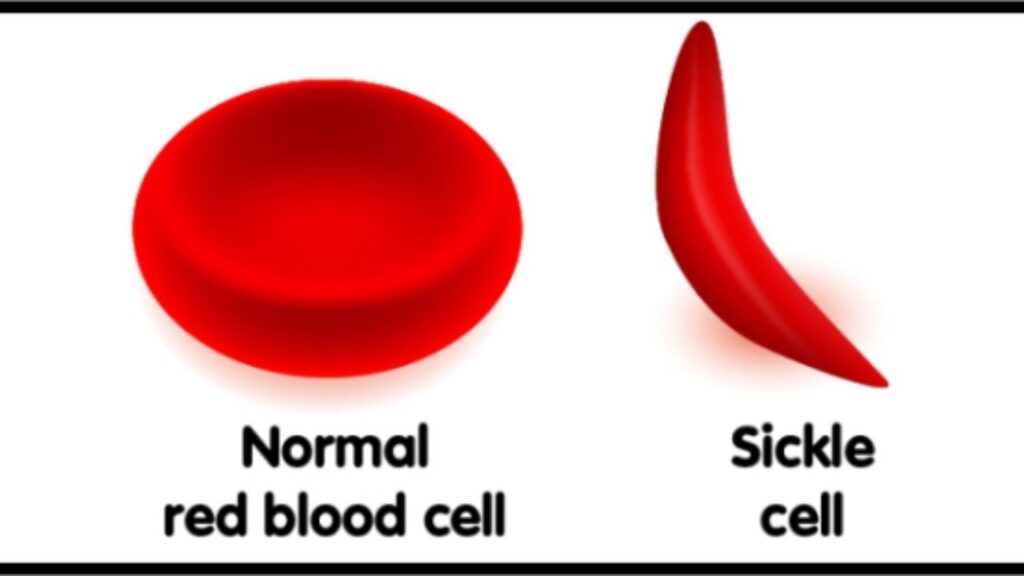
Sickle Cell Anemia Treatment In India
Sickle cell anemia is a genetic disorder that affects hemoglobin in red blood cells, reducing their ability to carry oxygen throughout the body. Unlike healthy red blood cells, which are round and flexible, sickle cells are crescent or sickle-shaped, making it difficult for them to flow through blood vessels. This shape reduces oxygen delivery to various parts of the body, leading to severe health complications.
Causes and Genetic Inheritance
Sickle cell anemia results from inheriting defective genes from both parents. Although the parents may not show symptoms, the child will if they inherit two sickle hemoglobin genes (HbSS). The most common and severe form of this condition is Hemoglobin SS, known as sickle cell anemia. Other variations include Hemoglobin SC, SB0, SB+, SD, and SE.
Symptoms and Signs
Symptoms usually appear a few months after birth. Early signs include jaundice (yellowish eyes), swelling in the hands and feet, fatigue, and slowed growth. Painful episodes, called pain crises, are common. These crises can cause severe, chronic pain, especially in teens and adults. Over time, reduced oxygen supply can damage vital organs, including the spleen, liver, kidneys, eyes, heart, and brain.
Diagnosis
Doctors diagnose sickle cell anemia through blood tests, particularly hemoglobin electrophoresis, which detects abnormal hemoglobin. Screening tests identify carriers of the mutant gene, helping in family planning and prevention. Newborns undergo routine screening for sickle cell disease. If results are positive, further tests confirm the type of hemoglobin mutation. Prenatal screening is also available, allowing early diagnosis by testing amniotic fluid or placental tissue.
Treatment in India
India offers advanced, cost-effective treatment options for sickle cell anemia. Treatments range from pain management and blood transfusions to more advanced therapies like bone marrow transplants, which can potentially cure the disease. Indian hospitals are equipped with state-of-the-art facilities and skilled medical professionals, providing top-quality care. Additionally, treatment costs in India are significantly lower compared to countries like the US, UK, or Russia, making it a preferred choice for many international patients.
In conclusion, while sickle cell anemia requires continuous management, the treatment options available in India offer patients a chance to lead healthier lives. With expert medical care and affordable treatments, India remains a leading destination for managing this challenging genetic disorder.




